On April 15, 2019, a massive fire burned in Paris for fifteen hours and destroyed the roof and parts of the landmark and iconic Cathedral de Notre Dame (Our Lady of Paris). Hundreds of years before this Cathedral was constructed in this location it was designated sacred ground. A Roman temple to Jupiter and Christian churches from the Merovingian (476-750 CE), Carolingian (800-888 CE) and Romanesque (1000-1125) periods had been erected there. In 1163, the cornerstone of the present Cathedral was set in the presence of King Louis VII (reigned 1131-1180) and Pope Alexander III (Pope from 1159-1181). Under Maurice de Sully, Bishop of Paris, a new and larger church was constructed to replace the Romanesque church. The heavy Romanesque stone columns were salvaged and used as the base of the columns in the nave, but Sully wanted the church to be built in the new Gothic style. Abbot Suger (c1081-1151) completed the royal abbey church of Saint Denis in the 1130’s, where the new style called Gothic had been developed. This new church was named Our Lady of Paris and dedicated Mary’s, newly elevated by the Church to the position of Mother of God and Queen of Heaven. Notre Dame of Paris was also designated a Cathedral, the home seat of the Bishop of a diocese. A Cathedral must contain a cathedra (chair) of the Bishop, a tradition derived from the wooden stool that belonged to St Peter that was enshrined in the large chair as the main altar, the “Cathedra Petra,” in St. Peter’s Rome.
The new Gothic style employed pointed arches construct the walls and roof to replace the heavier Romanesque round stone arch. A round arch is a continuous single structure forming both wall and roof. Gothic arches are two upright walls, with their tops leaning together to form the roof. As the Gothic pointed arch system developed at St Denis, it became necessary to buttress the outward force with separate outside supports, the flying buttresses. These fly over the side aisle roof and push inward against the outward thrust of the roof. As a result the roof was supported and thick stone walls were not needed to fully support the roof.
The entrance to a Catholic church is through the west front. The congregation walks from the west, where the sun sets, down the main aisle to the main altar at the east, where the sun rises. Symbolically one walks toward the light of God. The sculpture on the west facade of churches contains the message “prepare for the Last Judgement.” This is sculpture is placed over the center portal of Notre Dame. The portal to the left is dedicated to Mary and the sculpture depicts the Coronation of the Virgin, celebrating Mary’s new position as Mother of God and Queen of Heaven. The right portal is dedicated to Mary’s mother and the sculpture depicts St Anne holding the child Mary on her lap.
Above the portals, the Gallery of Kings contained 28 sculptures of the Kings of Judah from Abraham through the ancestors of Mary and Jesus. During the French Revolution (1789) the mobs thought the sculptures were the Kings of France and beheaded them. In 1793 the Cathedral was rededicated as the Cult of Reason, and later the Cult of the Supreme Being. Statues of the Goddess of Liberty replaced statues of the Virgin. Notre Dame was quickly whitewashed on the outside and decorated on the inside for the Coronation of Napoleon as Emperor and Josephine as Empress on December 2, 1804.
The Cathedral had become unpopular and the pointed arch style was given the name Gothic, meaning barbaric and ugly, after the barbarian Goths. Victor Hugo, greatly concerned for the neglect of this great Cathedral, wrote and published The Hunchback of Notre Dame in 1831. Notre Dame once again became popular. Another restoration was undertaken from 1844 through1864 by the thirty-year old architect Eugene Emmanuel Violette-le-Duc, son of wealthy parents and a devotee of Gothic architecture. He was responsible for the major renovation of the west façade, spire, and other parts of the Cathedral. He added many new Gothic decorations, including 32 gargoyles and 26 chimera, some seen projecting from the walkway around the two towers and from numerous points at the tops of the towers and sides of the building.
Using pointed arches and flying buttresses to assist in supporting the roof, Gothic architects could enlarge the windows to let in more light. Abbott Sugar at St Denis suggested placing stained (colored) glass into the window opening to create a spiritual light effect and as an additional location to tell Christian stories. Story images had been painted and sculpted on churches to educate the congregation, who were mostly illiterate. The church was called “The Bible of the Poor.” Stained glass windows were located along the walls of the nave of the Cathedral, and round windows were located on the west, north and south entrance portals. The round windows, called Rose Windows and were dedicated to Mary, the “Rose without thorns.” Roses were considered to be the most beautiful and sweetest of all flowers. Mary was frequently shown wearing a “Crown of Roses,” a symbol for the Rosary. The West Rose Window (1125-1225) is the oldest and the smallest of the rose windows, and it depicts the Virgin Enthroned surrounded by the signs of the zodiac, seasons, virtues and vices. Individual pieces of stained glass are held in place by iron rods and copper wire. The dark lines are stone work cemented into the wall. As seen from the inside, the West Rose Window is partially block by organ pipes installed in 1733. In 2019, firefighters were able to save the stained-glass windows. The organ with over 8000 pipes also was saved, although it suffered water damage.
Characteristics of Gothic churches are the gargoyles, monsters who perch above the roof and reach out from their high vantage point seeming to watch and threaten passersby’s. Gargoyles were added in c1240, and serve two purposes. First, they are rain spouts, with channels cut into their necks and heads to divert water from the roof to the ground. They frequently resemble dragons or snakes. One legend tells that when a monster that was causing havoc in a community was captured and killed by the citizens, they attempted to burned the beast. However, as it was a fire-breathing beast, the fire did not burn the head and neck. The people cut off the neck and head and placed it on the roof of their church to ward off other evil creatures. Second, gargoyles were intended as a constant reminder to the people that evil and sin always were present and could surprise them at any moment. Violette -le-Duc added 32 gargoyles and 26 chimera in several locations on the façade and roof of the Cathedral. A number of chimera are located on the railings of the walkway at the base of the two towers. The chimera, imaginary beasts made up of several animal parts, serve no architectural function but merely sit and look scary. Notice the left tower which appears to be covered with small carved round decorations. Closer observation shows them to hundreds of carved rose buds, just waiting to bloom.
The original spire (1250) was removed in 1786 as a result of decay and wind damage. Violette-le-Duc’s new spire, seen here, is the one familiar to contemporary viewers. The new spire was made of oak and covered with 250 tons of lead to protect it. It was taller than the original and more open to resist wind forces. It was criticized from the beginning because it was so different. Violette-le-Duc added the descending rows of copper statues for additional support. The four sets of three figures represent the twelve Apostles with the symbols of the four Evangelist: the Ox of Luke, the Lion of Mark, the Eagle of John, and the Angel of Matthew at the base of each set. Fortunately, these statues were removed for restoration on April 11, 2019, before the spire burned. A large portion of the roof also was destroyed by the fire. As of February 2021, the French are searching for over one thousand French oak trees, 1.5 to 3 feet in diameter, 26 to 46 feet tall, and several hundred years old, to replace the spire and roof timbers.
This magnificent structure, seen here before the fire, is under restoration. The French National Assembly passed a law on July 29, 2019 requiring the restoration of the Cathedral to preserve the “historic, artistic and architectural interests.” The stabilization of the Cathedral was completed in November 2020. On April 10, 2020, a very small Good Friday service was held on in the Cathedral and led by the Archbishop of Paris. In December 2020, eight members of the Cathedral choir video-taped a Christmas program that was broadcast just before Midnight on Christmas Eve 2020.
Beverly Hall Smith was a professor of art history for 40 years. Since retiring with her husband Kurt to Chestertown six years ago, she has taught art history classes at WC-ALL and Chesapeake College’s Institute for Adult Learning. She is also an artist whose work is sometimes in exhibitions at Chestertown RiverArts and she paints sets for the Garfield Center for the Arts.
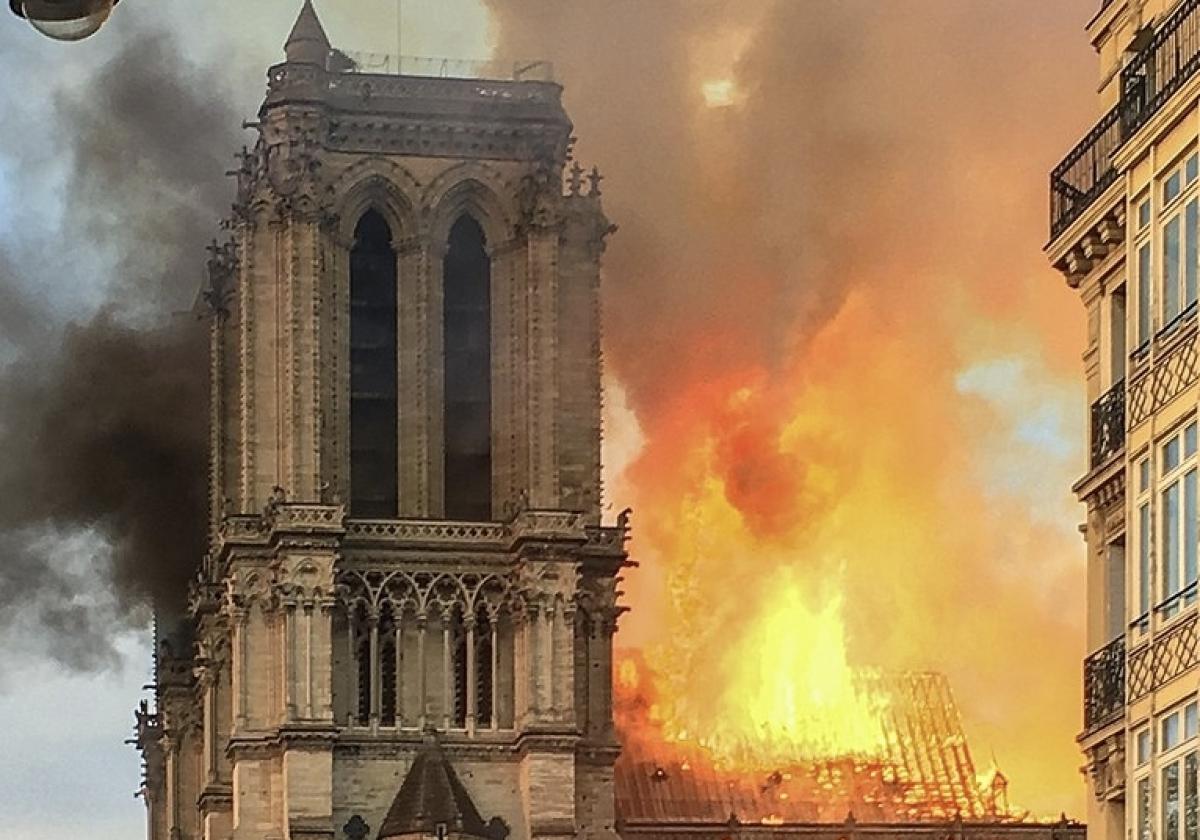


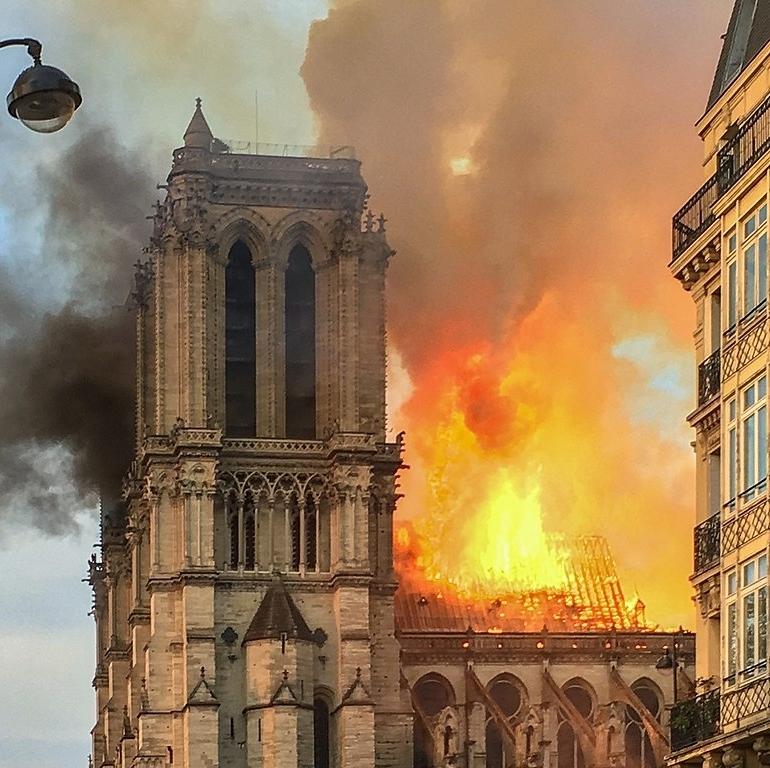
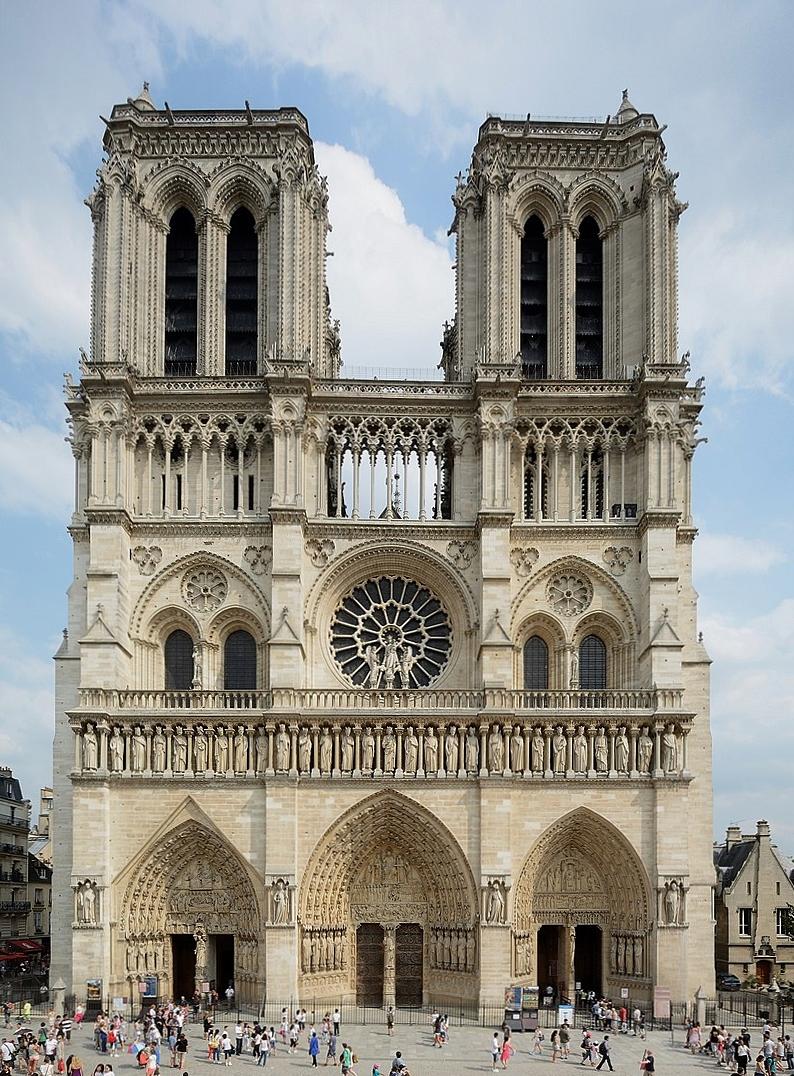
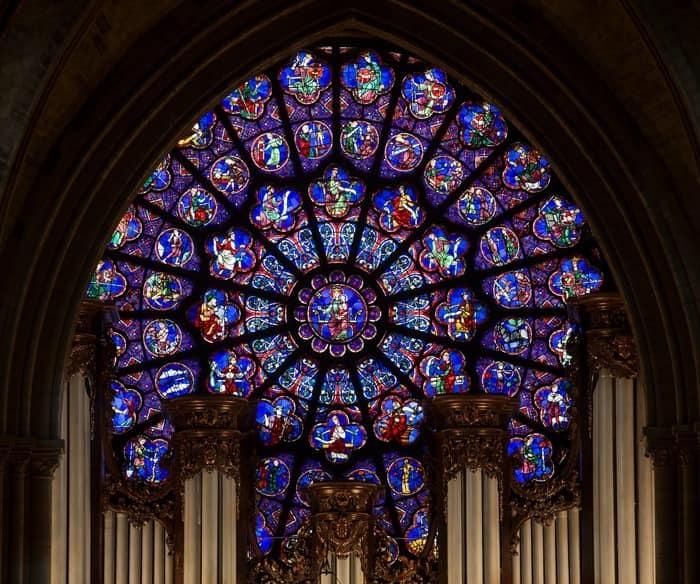
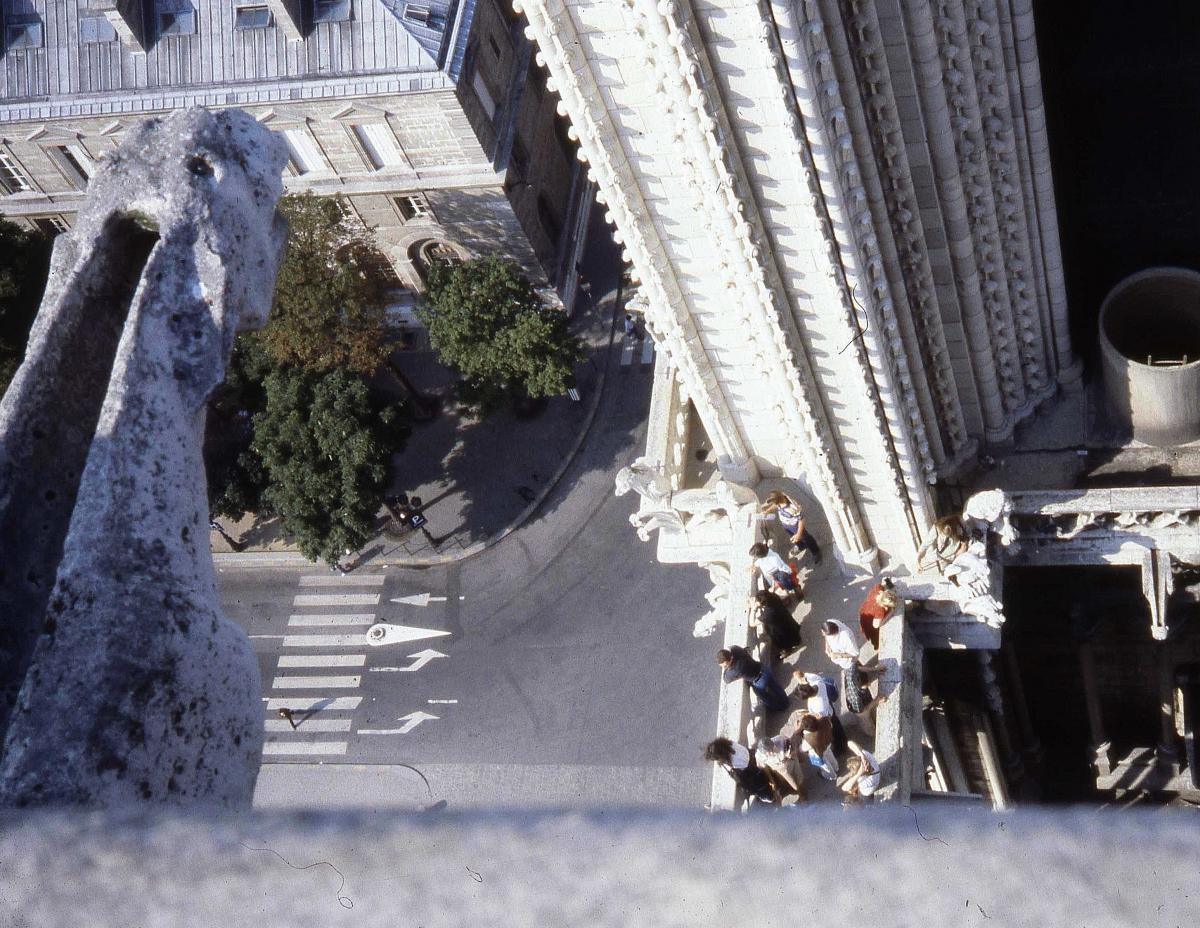
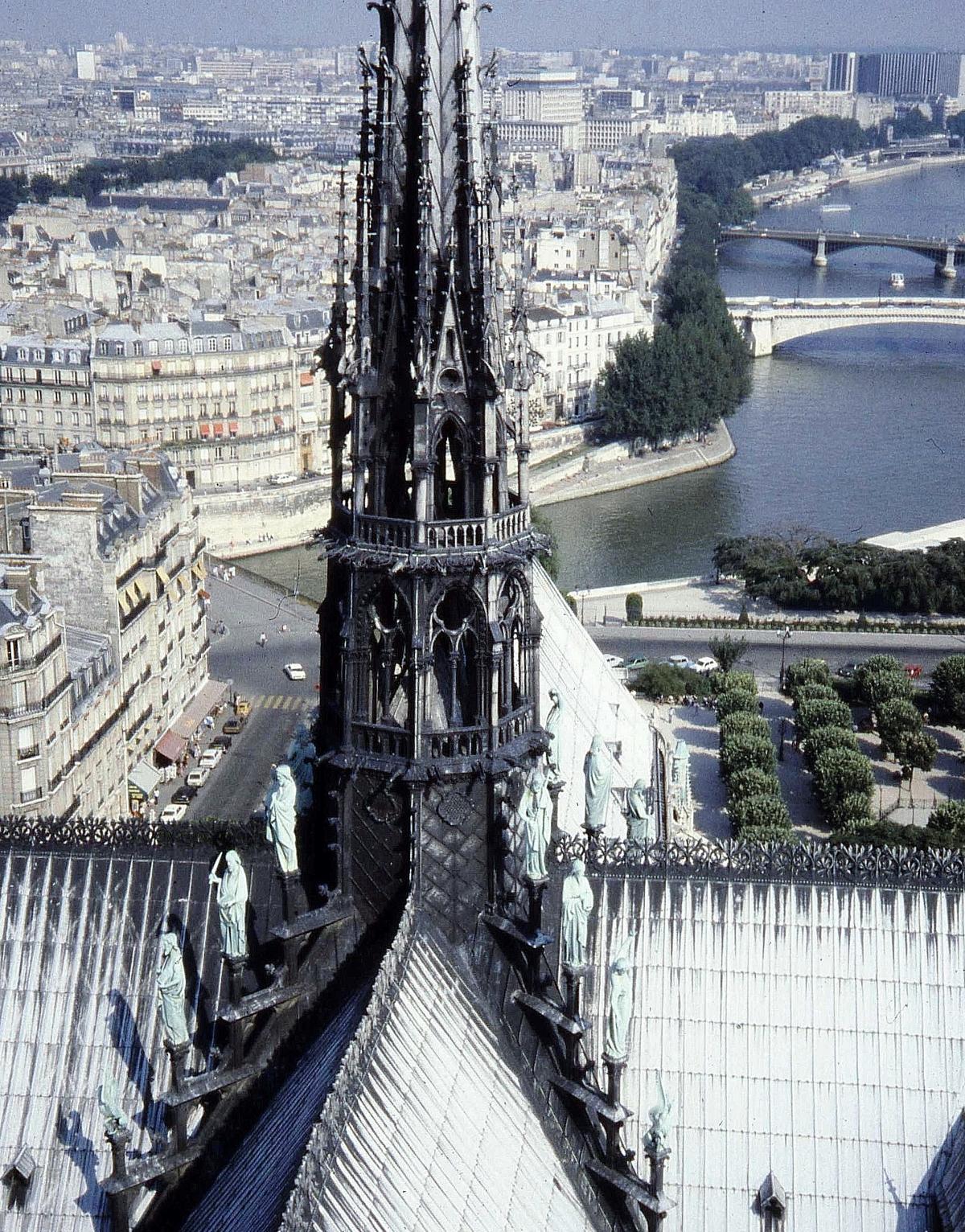
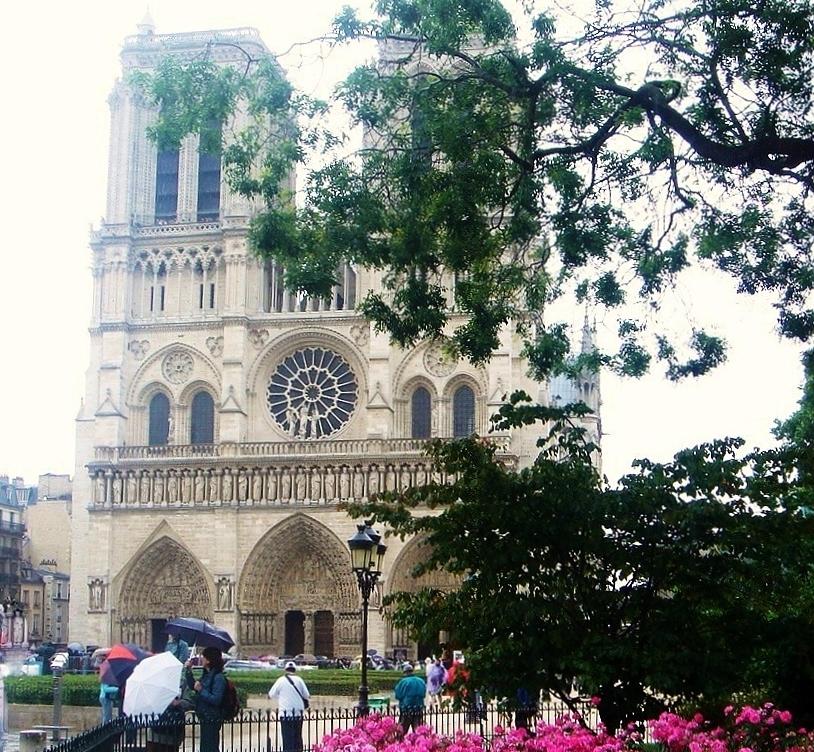
Write a Letter to the Editor on this Article
We encourage readers to offer their point of view on this article by submitting the following form. Editing is sometimes necessary and is done at the discretion of the editorial staff.